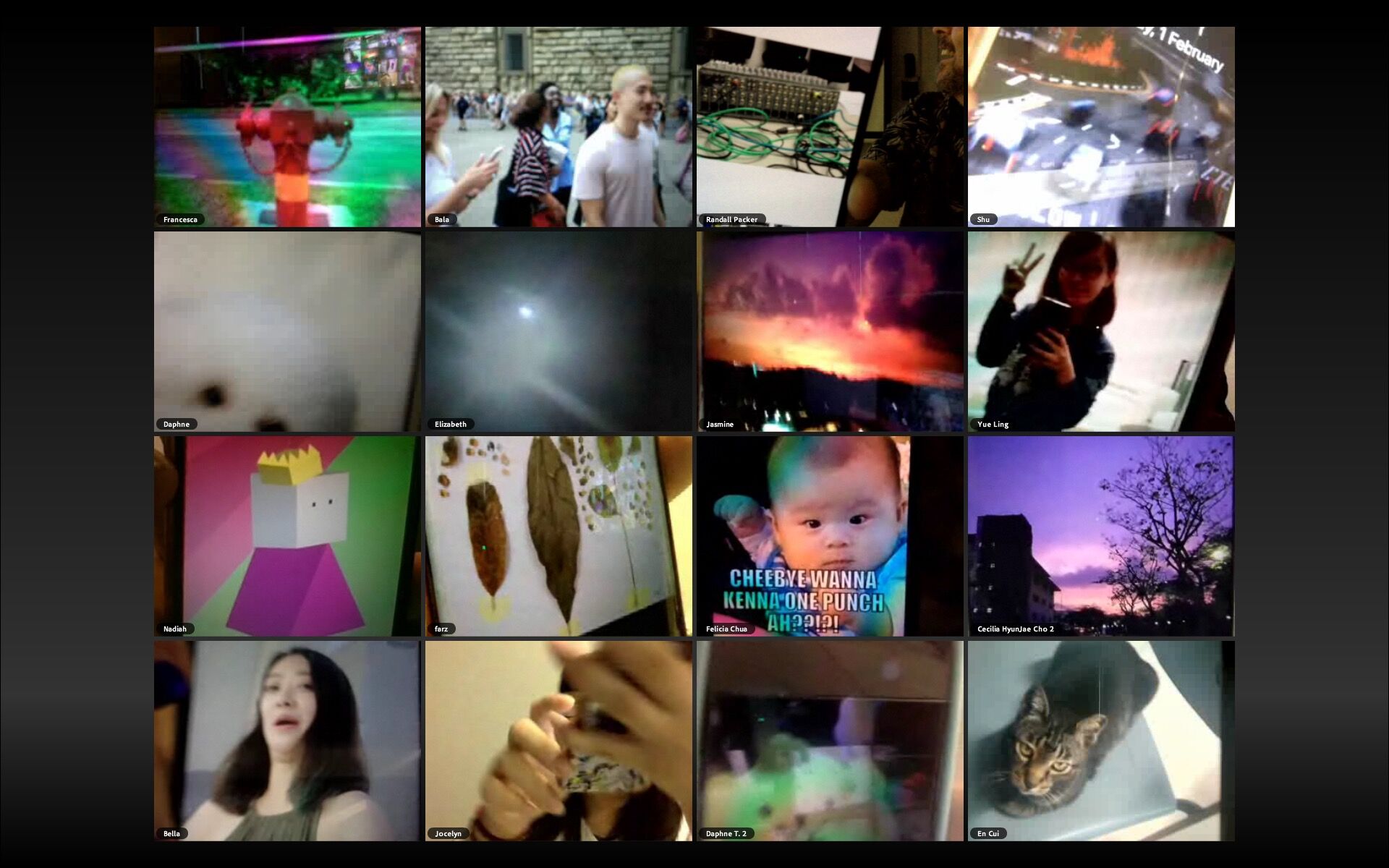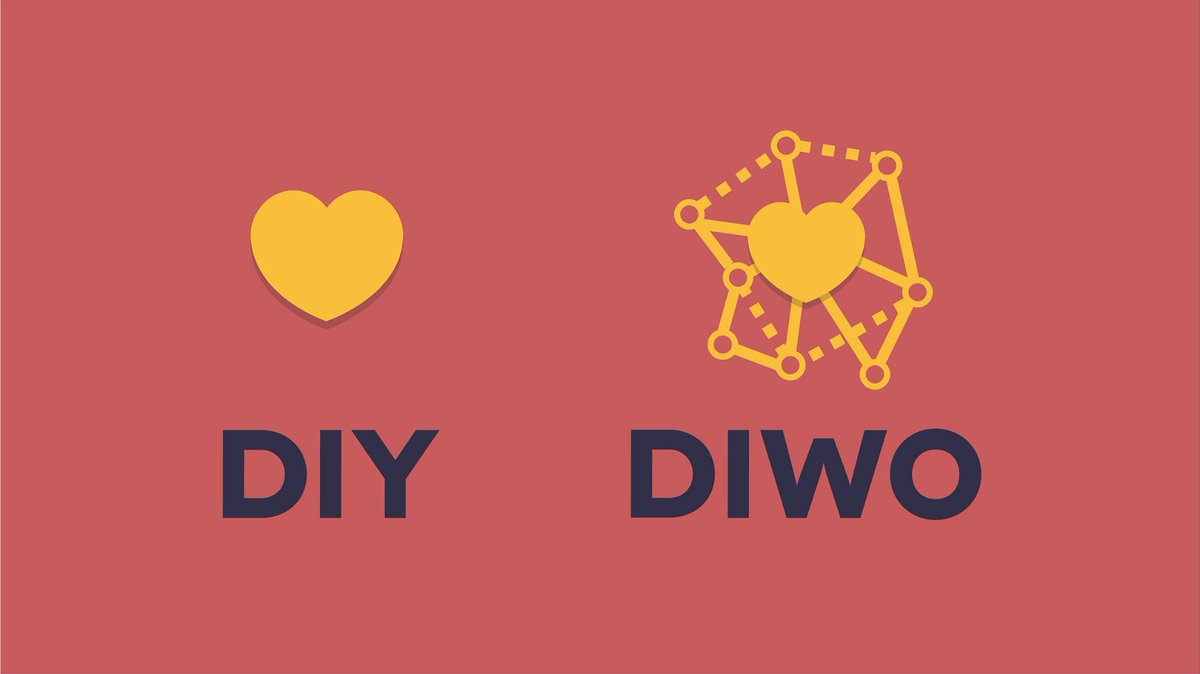
“Expanded from the original term known as D.I.Y. (Do It Yourself). D.I.W.O ‘Do It With Others’. Is more representative of contemporary, collaborative – art practice which explores through the creative process of using networks, in a collective manner.” – Garrett
Do-It-With-Others, also known as DIWO in short, is a terminology created in 2006 by Furtherfield. The history of Furtherfield was inspired by punk movement in the late 70s and early 80s. The main objective is to represent and reflect its involvement in a series of grassroots explorations. The application of DIWO allows a sense of openness which facilitates a good mix of sources to achieve a hybrid experience. This action renegotiates the boundaries and roles of both the artist and the curator. This would allow collaboration to take place, either for individuals or businesses. One example we can draw is from the idea of crowdsourcing – an action that aggregates people with similar interests.
Likewise, DIWO is achieved through an online platform/portal where users showcase the project that they are working on concurrently. Ranging from research to software development or a new innovation. In this case, many people would come together and work on the said project to facilitate crowdsourcing.
(According to Marc Garrett) Essentially, its DIWO if…

Back to the practice of DIWO, some of the real-time activities that we, students of Prof. Randall, experienced include Telestroll, Social Broadcast, Exquisite Glitch and the concept of Hole and Space. The whole idea of these exercises is to stimulate peer to peer engagement, as well as to kindle communication and allow for more connections to take place.

Motivated by curiosity and activism, people can collaborate and create controversies in both the physical world and the third space. Furthermore, the Social Broadcast done via Adobe Connect brings about the idea of a collaborative framework. In this scenario, we would come together and attempt to perform a task via the online webcam. Given that a third space was formed, everyone was able to connect virtually from the comfort of their home, or any part of the world.
In retrospect, people who were initially bounded by time and space limitations (e.g. time zone differences, distance) can now interact and meet others through this space. This form of engagement brings about the communal interaction between people from all over the world.
“The process is as important as the outcome, forming relationally aware peer enactments. It is a living art, exploiting contemporary forms of digital and physical networks as a mode of open praxis, as in the Greek word for doing, and as in, doing it with others.” – Garrett

In the live conference with Marc, the issue of the internet and social media was brought to light. He discussed the importance to make the line between marketing and social utopia fades, the strategies big companies did to eliminate local characteristics, so as to bring their platform to even the remote places o the earth. Project Networking the Unseen served as an important opportunity to put a spotlight on resolving the issue of cultural differences, and that we can use technology to communicate no matter our locations.







